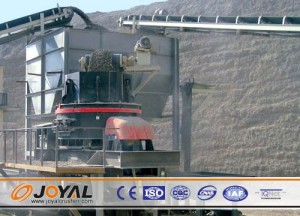

 Senior process engineer Trisha Naidoo sees significant opportunities for the mining and processing of banded magnetite deposits on the African continent, and is studying the best option for processing the mineral.
Senior process engineer Trisha Naidoo sees significant opportunities for the mining and processing of banded magnetite deposits on the African continent, and is studying the best option for processing the mineral.
She says a natural iron-ore deposit is a single deposit with little waste rock mixed into it. With massive iron-ore deposits, the head grade can be 60% to 70%, which means fewer impurities need to be removed before processing the ore into pig iron. She adds that most massive orebodies consist of hematite, which is the principal and the most stable of the iron oxides.
Naidoo explains that the first step in the comminution process and liberating a mineral from the orebody begins at the mining stage, with drilling or blasting and excavation used to generate materials that are easily transportable.
Crushers are then used to produce coarse size reduction and grinding mills are used to produce finer particles.
The ore mined from massive orebodies is suitable for use in blast furnaces, she says; they simply need to be crushed into pieces of between 10 mm and 25 mm, and then transported as lumpy ore to iron and steel plants worldwide.
“The ore is first crushed to size and then passed through a dense media separation process. The dense medium, with a specific gravity of around 3.6 t/m3, is created by mixing water with finely ground ferrosilicon powder.
“Anything with a specific gravity of less than 3.6 t/m3, for example silica-based rock, which has a density of 2.8 t/m3, will float, while the lumps of hematite iron-ore with a density of around 5.0 t/m3 will sink. What you see coming out of this process are big rocks floating in what looks like black water,” she says.